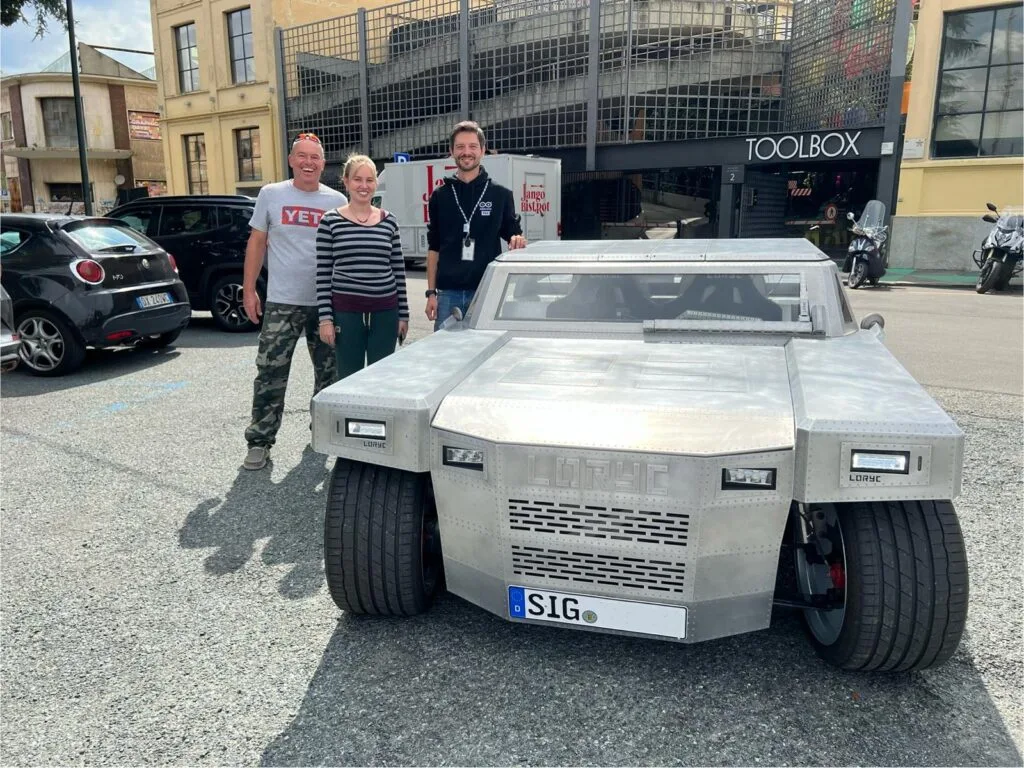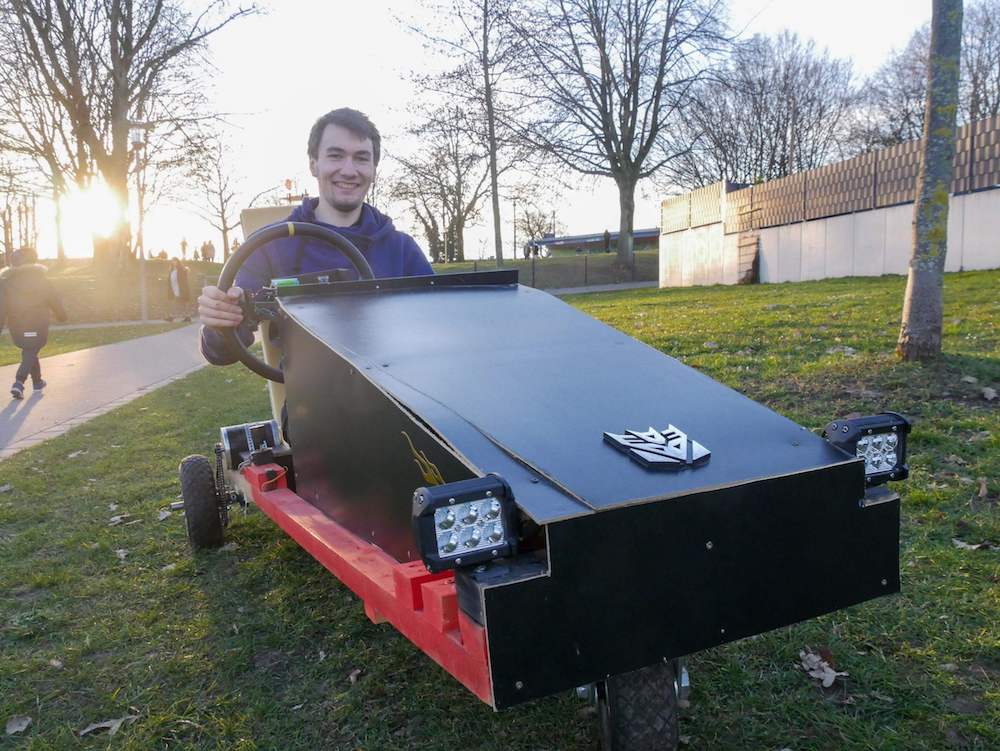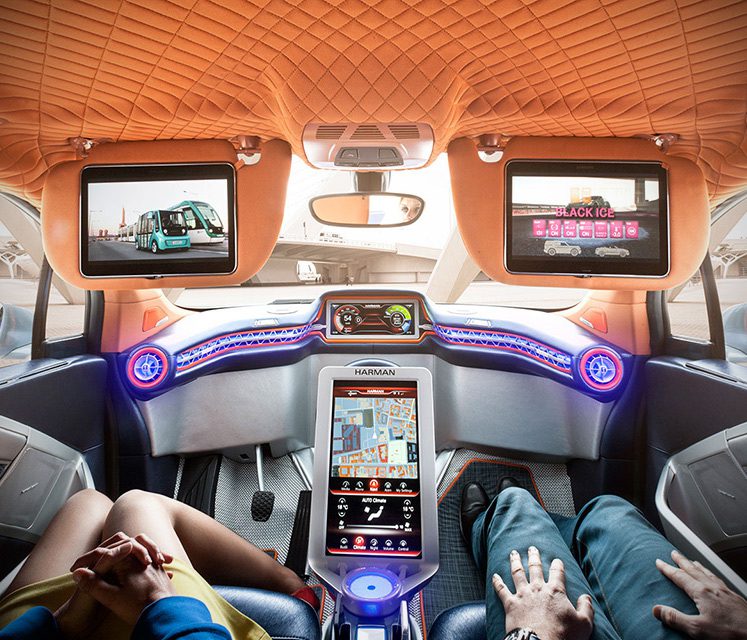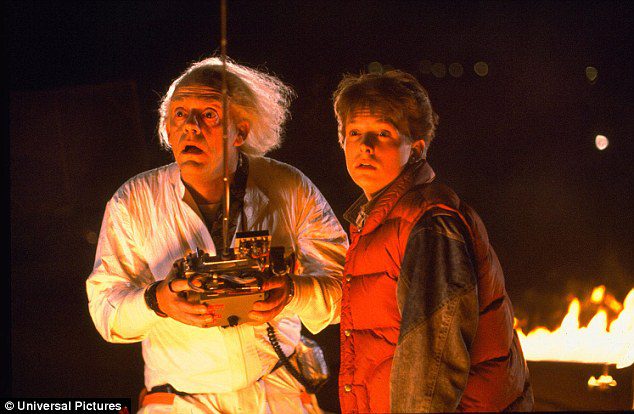Schlagwort: electric car
-

It’s silver, it’s green, it’s the Batteryrunner! An Arduino-powered, fully custom electric car
Reading Time: 5 minutesInventor Charly Bosch and his daughter Leonie have crafted something truly remarkable: a fully electric, Arduino-powered car that’s as innovative as it is sustainable. Called the Batteryrunner, this vehicle is designed with a focus on environmental impact, simplicity, and custom craftsmanship. Get ready to be inspired by a car that embodies the…
-

This electric soapbox car can reach a top speed of 35 km/h
Reading Time: 2 minutesThis electric soapbox car can reach a top speed of 35 km/h Arduino Team — July 2nd, 2019 If Elon Musk was to design a soapbox car, the prototype might look something like this by David Traum. Traum’s project is powered by a 500W motor which is fed by a pair of…
-

This electric soapbox car can reach a top speed of 35 km/h
Reading Time: 2 minutesThis electric soapbox car can reach a top speed of 35 km/h Arduino Team — July 2nd, 2019 If Elon Musk was to design a soapbox car, the prototype might look something like this by David Traum. Traum’s project is powered by a 500W motor which is fed by a pair of…
-

BMW i3 RINSPEED BUDII, selfdriving Media Centre Car!
Reading Time: 2 minutes[mbYTPlayer url=“https://www.youtube.com/watch?v=XAGW1txUV2I“ opacity=“.5″ quality=“medium“ ratio=“auto“ isinline=“false“ showcontrols=“false“ realfullscreen=“true“ printurl=“true“ autoplay=“true“ mute=“true“ loop=“true“ addraster=“true“ stopmovieonblur=“false“ gaTrack=“false“] If you’ve always wanted a self-driving electric car loaded with the latest gadgets, Rinspeed’s Budii, based on the BMW i3, should be on your shortlist. Everything you see inside and outside is controlled via smartphone. Should…
-

When Tiny Electric Car Meets Trike! Toyota i-ROAD
Reading Time: < 1 minuteYou Get the Futuristic Toyota i-ROAD With Toyota’s „Active Lean“ technology, it’s not only safe, but intuitive and enjoyable to drive, with no need for a helmet. The vehicle is only 92-inches long, 57-inches tall and 35-inches-wide. [mbYTPlayer url=“https://www.youtube.com/watch?v=IfhNVRgq1to“ opacity=“.5″ quality=“default“ ratio=“auto“ isinline=“false“ showcontrols=“false“ realfullscreen=“true“ printurl=“true“ autoplay=“true“ mute=“true“ loop=“true“ addraster=“true“ stopmovieonblur=“false“…
-

Cool Custom DeLoreans You Never Knew Existed!
Reading Time: < 1 minuteThe DeLorean DMC-12 was manufactured by John DeLorean’s DeLorean Motor Company for the American market in 1981-82. Featuring gull-wing doors with a fiberglass „underbody“, to which non-structural brushed stainless steel panels are affixed, the car became iconic for its appearance as a modified time machine in the Back to the Future…




